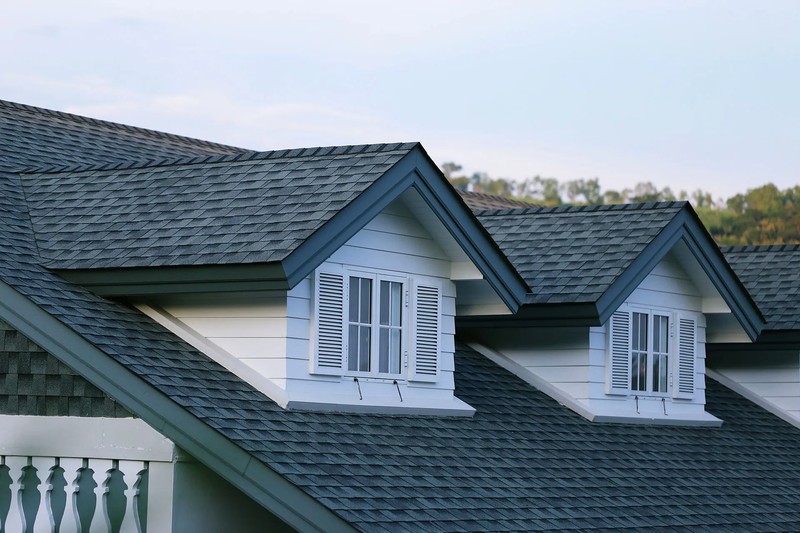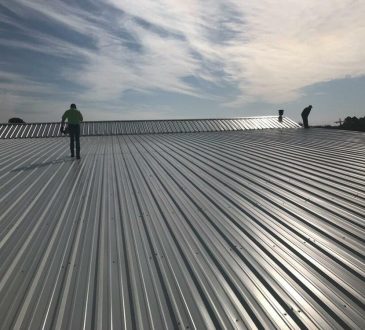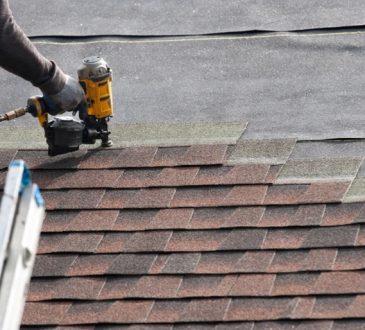
When it comes to safeguarding your home, the significance of roofing shingle materials cannot be overstated. Your roof acts as the sentinel against the elements, making the choice of materials a critical decision. From durability to aesthetics, various factors influence the composition of these materials. Understanding these intricacies empowers homeowners to make informed choices that align with their specific needs and preferences.
The role of roofing materials transcends mere aesthetic appeal. These materials serve as the first line of defense against nature’s forces – enduring rain, wind, and UV rays. Every shingle material, be it asphalt, metal, wood, or synthetic, possesses distinctive attributes that determine its resilience and longevity. The right choice can mean the difference between a roof that weathers the test of time and one that succumbs prematurely. Thus, comprehending the essence of roofing shingle materials equips homeowners with the knowledge needed to select a material that aligns with their local climate, budget, and long-term expectations.
Common Roofing Shingle Components
Asphalt Shingles
When it comes to roofing materials, Asphalt Shingles stand as one of the most popular choices in the United States. These shingles are composed of a sturdy fiberglass base mat, which is then coated with waterproof asphalt. The top surface is embedded with ceramic granules that provide color, texture, and protection against UV rays. This smart combination offers durability and cost-effectiveness, making Asphalt Shingles a reliable option for various architectural styles and climates.
Wood Shingles and Shakes
Wood Shingles and Shakes showcase timeless elegance while maintaining their functional purpose. Crafted from Western Red Cedar, Eastern White Cedar, or other woods, these shingles are sawn for a precise and consistent look, while shakes are split for a more rustic appeal. Their natural origins lend a charming aesthetic that weathers to a distinguished gray over time. Despite regular maintenance needs, Wood Shingles and Shakes remain a favorite among homeowners who value classic beauty and the warm aesthetics of natural materials.
Specialty Roofing Materials
Metal Shingles
Metal shingles, a popular choice for modern roofs, offer exceptional durability and aesthetic appeal. Crafted from steel, aluminum, or copper, these shingles showcase remarkable resistance to harsh weather conditions, including rain, snow, and UV rays. Their interlocking design ensures tight sealing, preventing water infiltration and enhancing energy efficiency. Metal shingles also boast a lightweight structure, reducing the strain on your home’s framework. With a variety of colors and finishes available, you can achieve a sleek, contemporary look that elevates your property’s curb appeal.
Synthetic Shingles
Synthetic shingles have revolutionized the roofing industry with their versatility and cost-effectiveness. Crafted from advanced polymers or rubber, these shingles authentically replicate the appearance of traditional materials like wood, slate, or even ceramic. Their lightweight nature simplifies installation and reduces the need for extensive structural support. Synthetic shingles are engineered to endure extreme weather conditions, resisting cracking, fading, and warping over time. By choosing synthetic shingles, homeowners can enjoy the classic charm of authentic materials without the associated maintenance challenges, all while benefiting from a longer-lasting and budget-friendly roofing solution.
Environmental Impact and Longevity
Sustainability of Roofing Materials
When evaluating the ecological footprint of roofing materials, their sustainability takes center stage. Opting for environmentally-friendly options like metal, clay, or composite shingles can significantly reduce your home’s impact on the planet. These materials are often recyclable, making them an attractive choice for those who value sustainability in their roofing solutions.
Lifespan and Maintenance
Understanding the lifespan of roofing shingles is crucial for long-term planning and cost-effectiveness. Different materials offer varying levels of longevity; for instance, asphalt shingles typically last around 20 to 25 years, while metal or clay can endure beyond 50 years. Regular maintenance, such as clearing debris and inspecting for damage, can extend the life of any roofing material. By addressing minor issues promptly, homeowners can avoid more extensive, costly repairs down the road.
In the realm of home protection, the significance of roofing shingle materials cannot be overstated. Your roof stands as the sentinel against the elements, making material selection critical. From durability to aesthetics, various factors influence composition. Understanding these intricacies empowers informed choices that align with homeowners’ needs. Roofing materials defend against nature’s forces – enduring rain, wind, and UV rays. Each material, be it asphalt, metal, wood, or synthetic, possesses unique attributes that determine resilience. The right choice can mean the difference between longevity and premature wear. Comprehending roofing shingle materials equips homeowners with knowledge for climate, budget, and longevity-based decisions.
Publisher’s Details:
Best Roofing
15500 Erwin St Suite #1001, Van Nuys, CA 91411
(866) 430-7318
info@bestroofingla.com
bestroofingla.com
In the quest to comprehend roofing shingle materials, it’s essential to consider the right underlayment for optimal results. For guidance on selecting the best roofing underlayment, check out: How To Pick The Best Roofing Underlayment For Your Home? Additionally, if you’re seeking affordable roof installation in Lancaster, CA, Best Roofing stands out with their top-tier services.




